Table 4.
Effect of NPs’ shape on biological response
| Particle shape | Particle examples | Toxicity mechanism | Physiological response | Ref. |
|---|---|---|---|---|
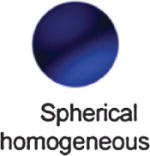
|
Iron oxide, gold | Internalization and membrane disruption. Highest cellular uptake with least membrane disruption among all shapes, thus least shape dependent toxicity | Cell division dysfunction and disturbed cellular trafficking; Mechanical interference with the mitotic spindle and DNA | 204–206 |

|
SWCNT, MWCNT, TiO2, gold, mesoporous silica | Internalization and membrane disruption. Severe influence on initiation of phagocytosis. Blockage of transport channels. Highest distorting force on cell membrane among all shapes. Smaller aspect ratios lead to faster internalization and less cell membrane disruption | Chronic inflammation due to frustrated phagocytosis, mutagenic events, mesothelioma formation | 207–213 |
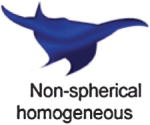
|
Gold | Dependent on the average radius of curvature. Disruption of membrane integrity and transport may occur | Toxicity due to chronic inflammation or impaired phagocytosis | 202 |
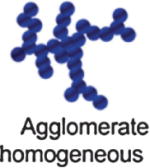
|
Nickel, carbon black, TiO2 | Aggregation or agglomeration changes size of particles thus increasing their visibility to macrophages | Aggregation changes retention time of particles; changes in size may increase or decrease toxicity | 143, 214, 215 |
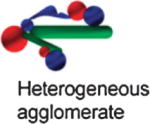
|
ZnO, iron oxide | Aggregation and cell membrane disruption may be dependent on the prevalence of high aspect ratio particles | Combinational effect similar to aggregated particles and fibrous particles | 16, 216, 217 |
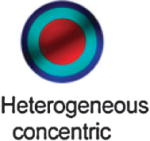
|
Quantum dots | Similar to spherical NPs | Similar to spherical NPs | 218 |
